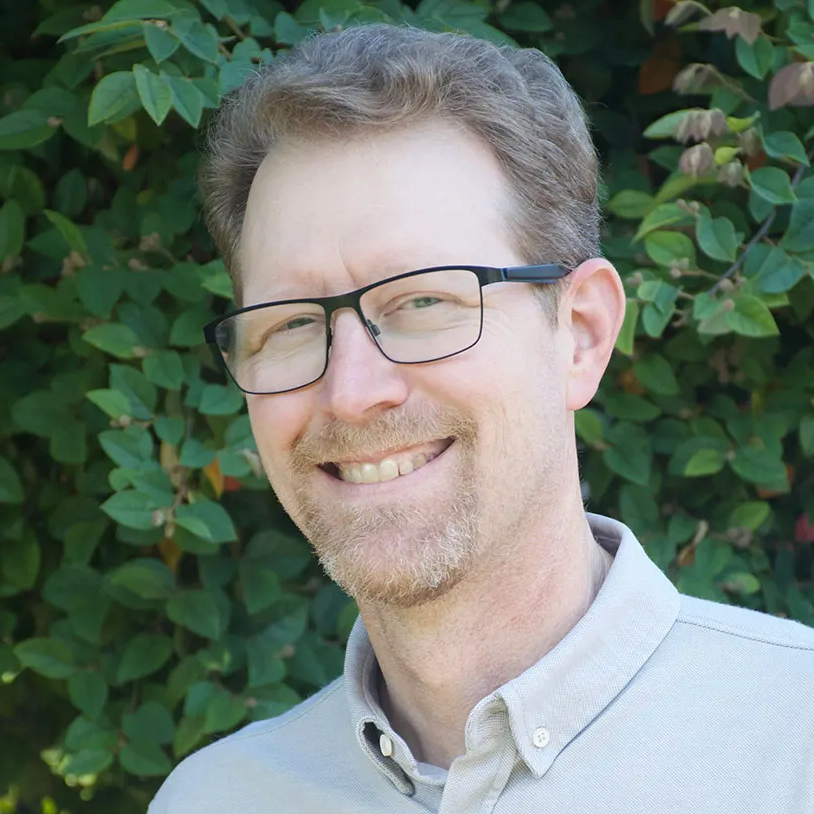Cupertino Union School District

Doug Kunz
Our children need advocates who are dedicated to leaving a better world for future generations. To grow and thrive, kids need high-quality and relevant education that helps them build the knowledge and skills that will enable them to be successful and happy adults. Working together we can build an inclusive community for every child.
-
Over 80% of voters polled say they want elected officials to prioritize children and families. What are the top three issues affecting our children and families and how will you make our region a place where all families can thrive?
Lack of affordable housing squeezes budgets, prevents families from being able to move into the area, and contributes to declining school enrollment. CUSD should work to provide workforce housing for employees, and advocate for cities in CUSD to adopt policies that promote housing production.
We are still in a period of mental health recovery following the COVID pandemic. One of the most important things we can do is build a community of trusted adults that students can turn to when struggling.
All students need to feel safe on our campus. In addition to focusing on inclusion and belonging through efforts like Project Cornerstone, strict policies against bullying and harassment are needed. -
High quality childcare improves school readiness and parents' workforce participation. What will you do to improve access to high quality childcare and preschool programs in our diverse communities?
Cupertino Union School District offers a high-quality preschool option called Cuperdoodle at 2 school sites. CUSD should explore whether Cuperdoodle can be expanded in a manner that is financially sustainable for the district, by checking whether it can be offered at more school sites, and also by analyzing whether to offer more options for low-income families to participate at a subsidized rate. CUSD should look for external funding sources and regularly revisit the issue if it is not feasible to pursue in the short term.
-
Much of the student achievement gap has been linked to the opportunity gap that children in low-income families and children of color confront (e.g., lack of access to healthy food, preschool, tutors, and enrichment activities). If elected, what will you do to increase equity of opportunity?
The 23 schools in CUSD receive different levels of parent support and community funding. The District’s challenge is to embrace the support it receives from our local parent communities, while simultaneously counterbalancing the tendency that these differing levels of support can lead to achievement gaps. At the local level, we can ensure that any programs that affect students’ long term well-being and educational outcomes are funded by the District rather than by parent organizations, such as the District’s recent expansion of music instruction to all campuses and grade levels. Similar opportunities remain with funding librarians and instructional technology support, among other areas.
-
What steps will you take to improve inclusion and outcomes for children with disabilities and their families in our community?
As a district we need to provide a welcoming environment for all families, including those children with special needs and disabilities. Crafting a 504 or Individualized Education Plan should be the time for partnership, not confrontation. When possible, students with special needs and disabilities should be mainstreamed with appropriate in-classroom support.
-
If elected, how will you use the resources of your new role to improve children's well-being and access to mental and behavioral health services?
Social and emotional learning are a strong foundation for children’s success in school and beyond. CUSD has made it a district priority to promote a sense of belonging for students and staff. We need to target wellness and prevention, equipping our students with the skills to handle both academic and social stressors. We need to continue to train teachers and staff to look for mental health warning signs in students, with the tools to initiate appropriate referrals to urgent care when necessary. Finally we need to make sure that we have sufficient counseling staff to meet students’ needs.